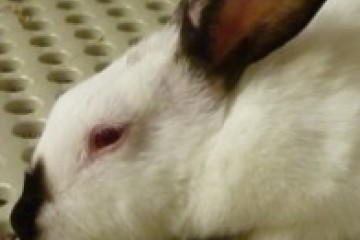Project grant
The assessment of pain using facial expressions in laboratory mice, rats, rabbits and macaques

At a glance
Completed
Award date
January 2012 - October 2015
Grant amount
£247,785
Principal investigator
Dr Matt Leach
Co-investigator(s)
Institute
Newcastle University
R
- Refinement
